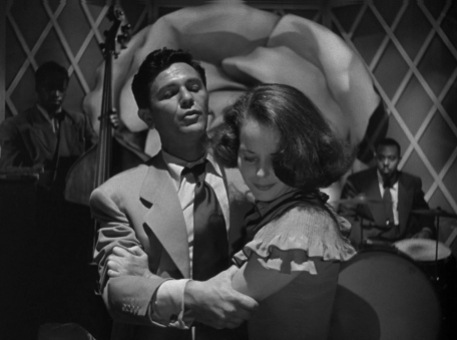When it comes to lighting a film set, the production crew must consider much more than exposure alone. Lighting techniques are implemented to create depth, add to the mood or atmosphere of the piece, and enhance the overall visual storytelling.

The Chiaroscuro technique uses the strong contrasts of light and dark, and finds it’s origins during the Renaissance with such artists as Caravaggio. The artists at the time used this technique to give the object new depth and mood, the light source quite often being from a single candle.
The use of Chiaroscuro in cinematography dates back to the 1920‘s with German Expressionism and such milestone American films as ‘Citizen Kane’.
‘The Cabinet Of Dr Caligari’, one of the heavyweights of German cinema in the 20‘s, uses obscure shaped sets and harsh contrast between light and dark to add to the mood of the film.

It was no secret that Orson Welles was also an avid fan of Renaissance art, and his masterpiece ‘Citizen Kane’ is often cited as being one of the greatest films of all time for it’s bold use of Chiaroscuro lighting. Such directors as Robert Weine, F.W Murnau, Cecille B Demille and Welles were making use of extreme low-key and high contrast lighting to bring new depth to the objects in frame, in turn assisting to the mood of the visual dynamic.
The black and white films of the 40‘s and 50‘s utilised the darkness of shadows and the contrast of hard lighting to add to the gritty pictures they painted of fatalism, femme fatales and false hopes upon the backdrop of a heartless city. This groundbreaking period of cinema is where Film Noir finds it’s roots. More often than not these directors used shadows and harsh lighting to get around their small budgets and cheap sets. Such films as ‘This Gun For Hire’ (1942), ‘Double Indemnity’ (1944), ‘Out Of The Past’ (1947), ‘Force Of Evil’ (1948), ‘Where The Sidewalk Ends’ (1950), ‘Kansas City Confidential’ (1952) and ‘Rififi’ (1955) are classic examples of Film Noir more than worthy of a mention.
Through the clever use of strong contrasting shadows and harsh lighting, whether strong ambient light coming through the blinds in the window or the flashing artificial light of a neon street sign, directors have used this key light as well as small back lights to give the objects new depth and mood within the frame. Chiaroscuro added a new dimension to the visual storytelling, nowadays a signature look in Expressionism and Film Noir. Arguably best suited to black and white, many colour films in more recent decades too have experimented with this lighting technique.

Francis Ford Coppola’s ‘The Godfather’ (1972), Jean-Pierre Melville’s ‘Le Samourai’ (1967) and The Coen Brothers’ ‘Blood Simple’ (1984) come to mind. Good films require much more than a talented cast and page-turning script; one needs to take into consideration many spheres, including lighting.


Thank you for this!!